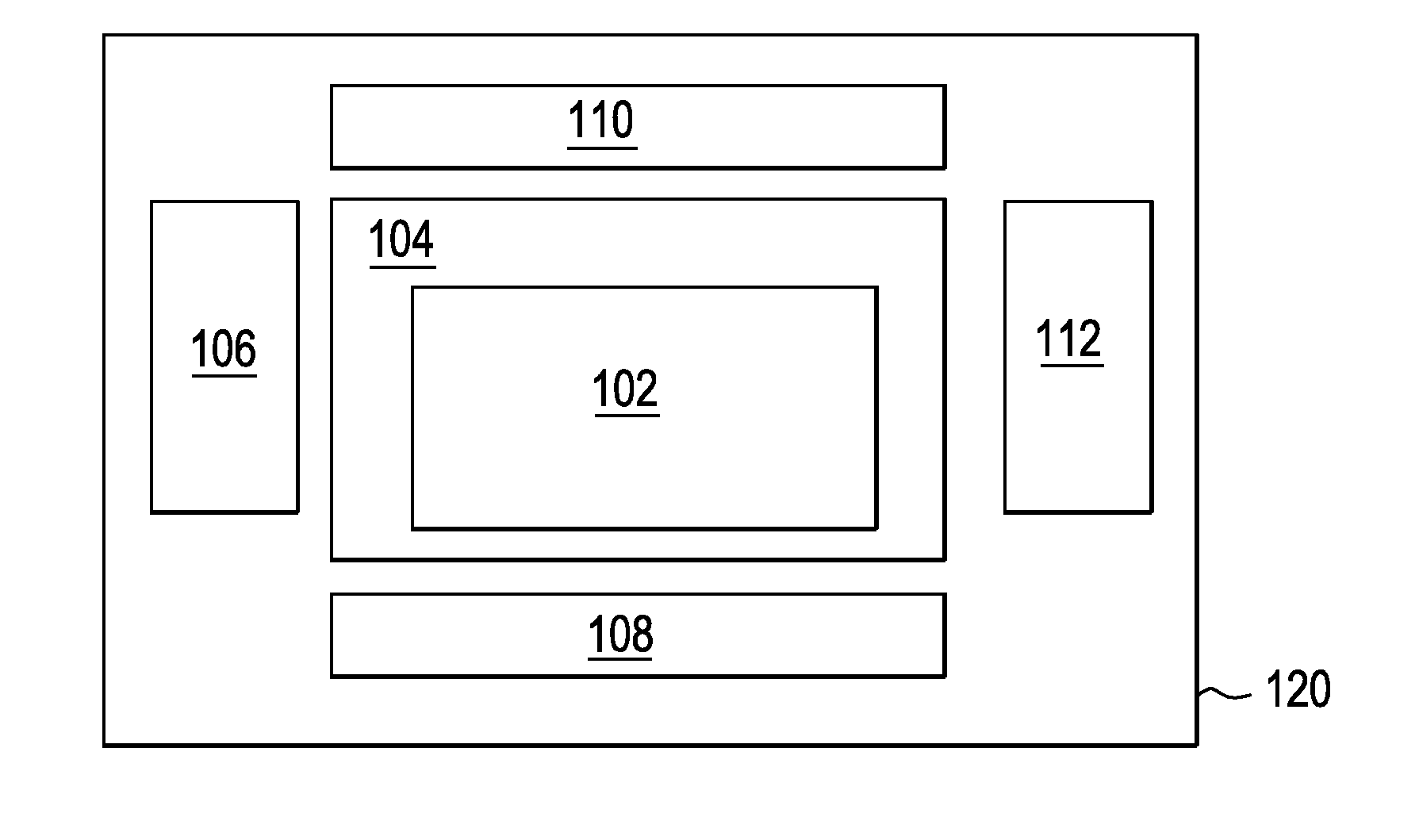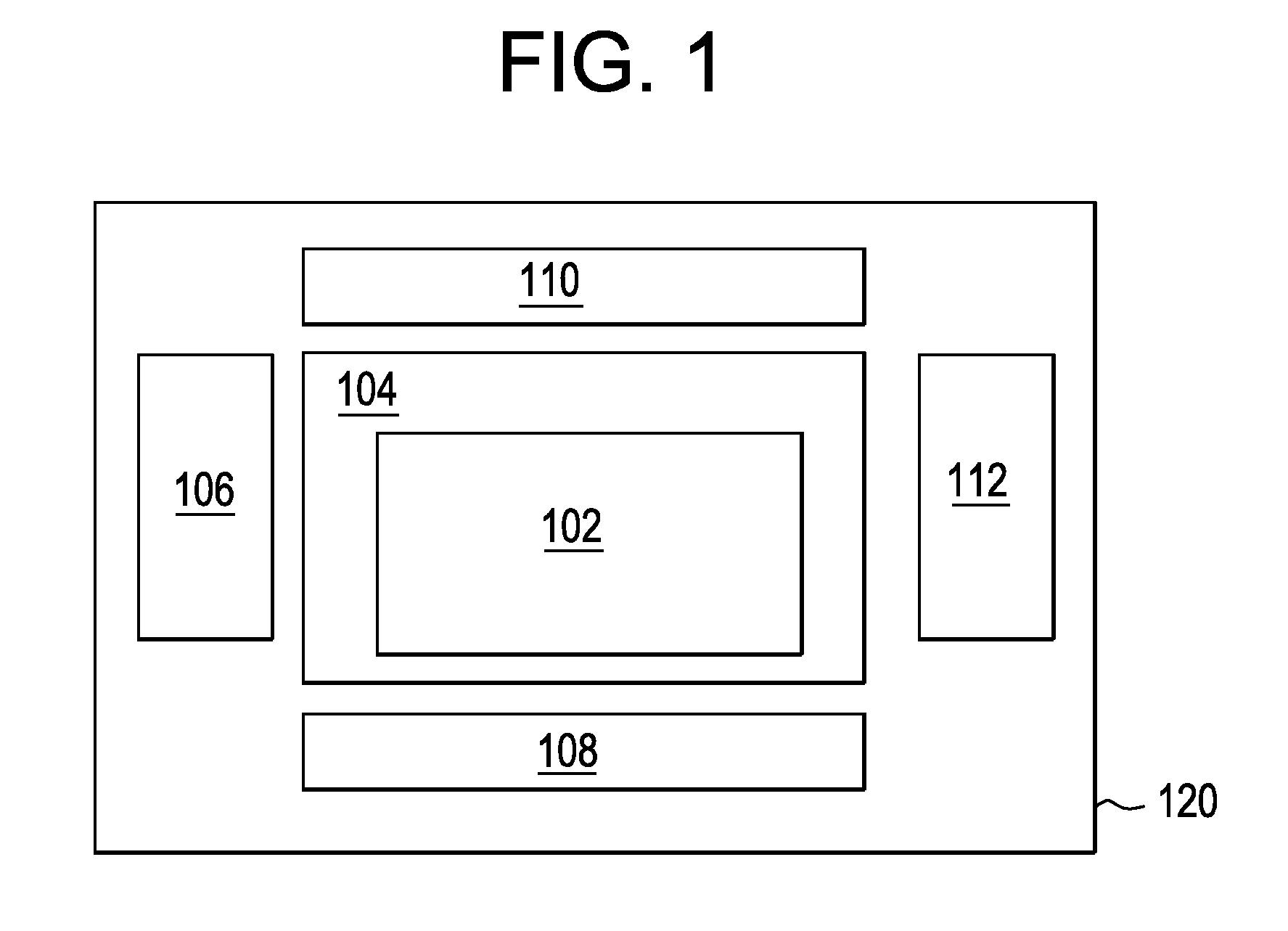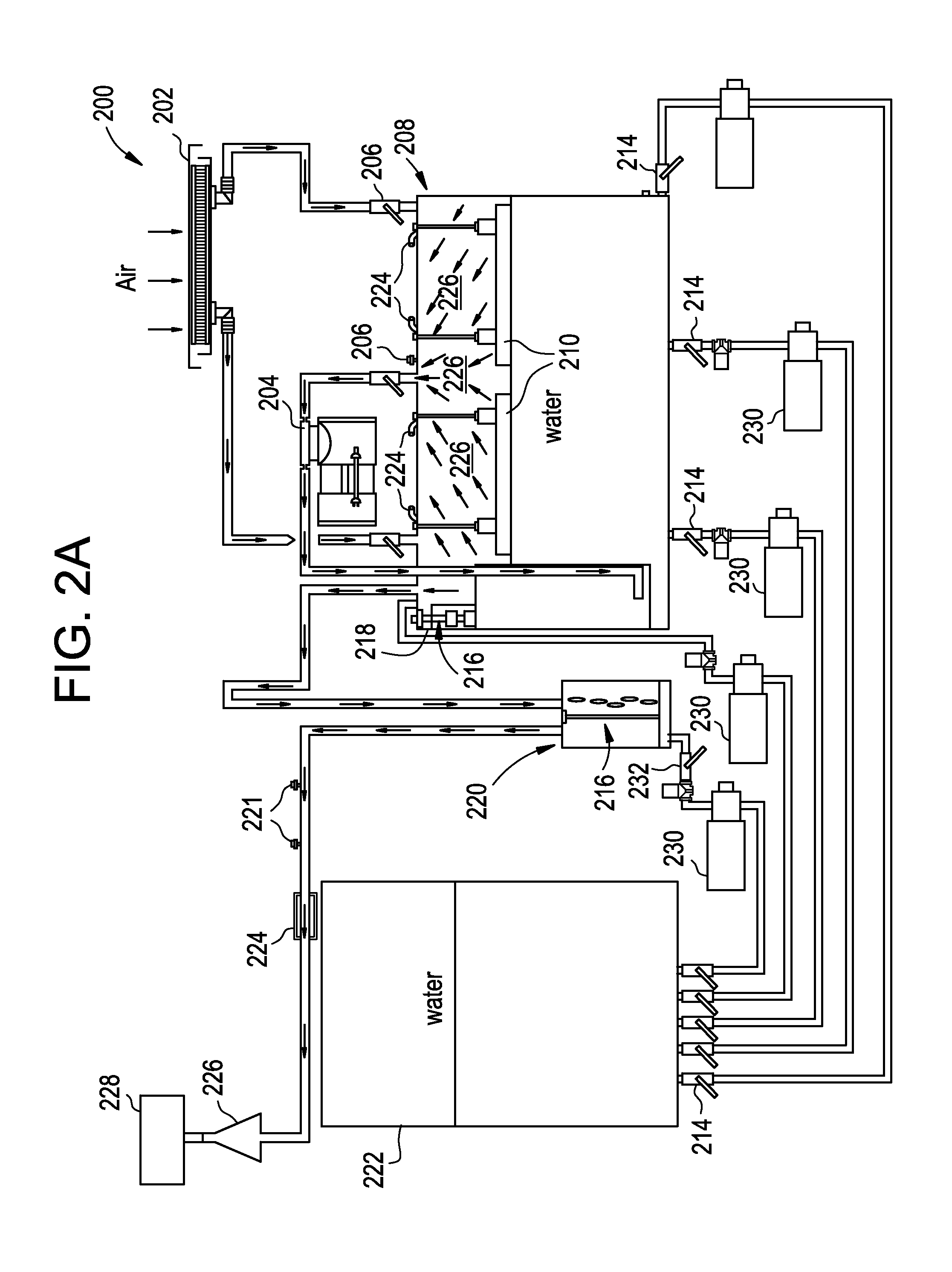Hydrogen/oxygen on-demand system, high speed efficient hydrogen reactor system and methods therefor
a hydrogen reactor and hydrogen/oxygen technology, applied in the field of hydrogen/oxygen on-demand system, high-speed efficient hydrogen reactor system and methods therefor, can solve the problems of ineffective control of electrical reaction of prior electrolysis systems, problems arising from respective activities, and failure to test vehicle hydrogen generation retrofit kits, etc., to achieve the effect of reducing emissions, reducing emissions, and improving efficiency
- Summary
- Abstract
- Description
- Claims
- Application Information
AI Technical Summary
Benefits of technology
Problems solved by technology
Method used
Image
Examples
Embodiment Construction
[0084]It is to be understood that the figures and descriptions of the present invention have been simplified to illustrate elements that are relevant for a clear understanding of the present invention, while eliminating, for purposes of clarity, many other elements which are conventional in this art. Those of ordinary skill in the art will recognize that other elements are desirable for implementing the present invention. However because such elements are well known in the art, and because they do not facilitate a better understanding of the present invention, a discussion of such elements is not provided herein.
[0085]The use of the terms “a,”“an,”“at least one,”“one or more,” and similar terms indicate one of a feature or element as well as more than one of a feature. The use of the term “the” to refer to the feature does not imply only one of the feature and element.
[0086]When an ordinal number (such as “first,”“second,”“third,” and so on) is used as an adjective before a term, th...
PUM
| Property | Measurement | Unit |
|---|---|---|
| temperatures | aaaaa | aaaaa |
| volts voltage | aaaaa | aaaaa |
| time delay | aaaaa | aaaaa |
Abstract
Description
Claims
Application Information
 Login to View More
Login to View More - R&D
- Intellectual Property
- Life Sciences
- Materials
- Tech Scout
- Unparalleled Data Quality
- Higher Quality Content
- 60% Fewer Hallucinations
Browse by: Latest US Patents, China's latest patents, Technical Efficacy Thesaurus, Application Domain, Technology Topic, Popular Technical Reports.
© 2025 PatSnap. All rights reserved.Legal|Privacy policy|Modern Slavery Act Transparency Statement|Sitemap|About US| Contact US: help@patsnap.com



